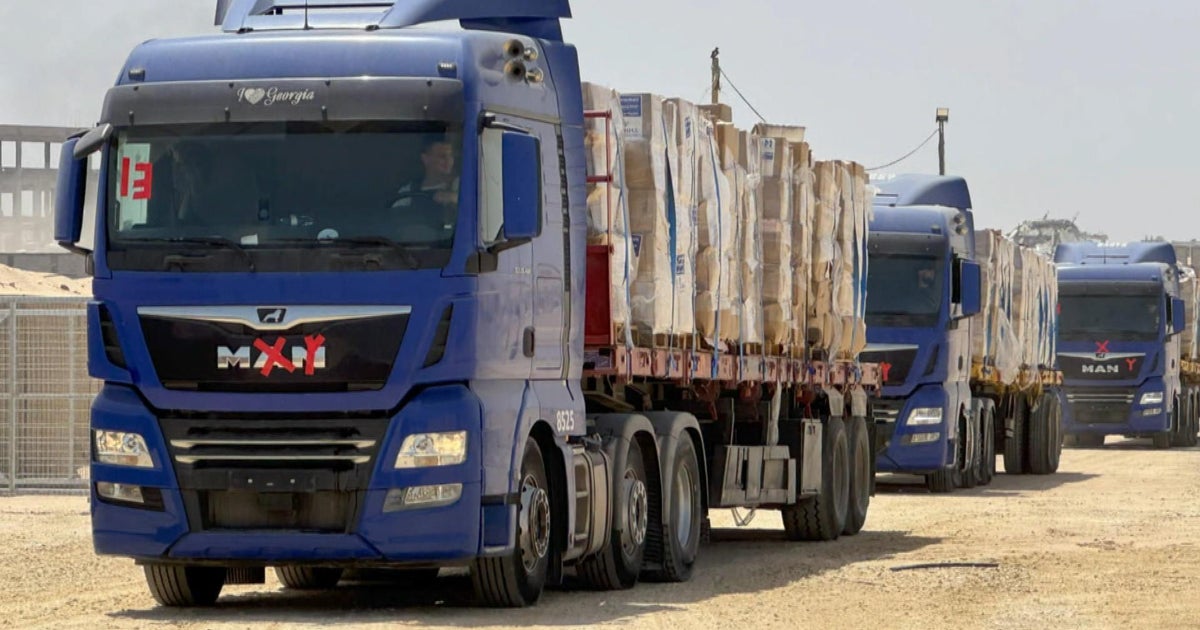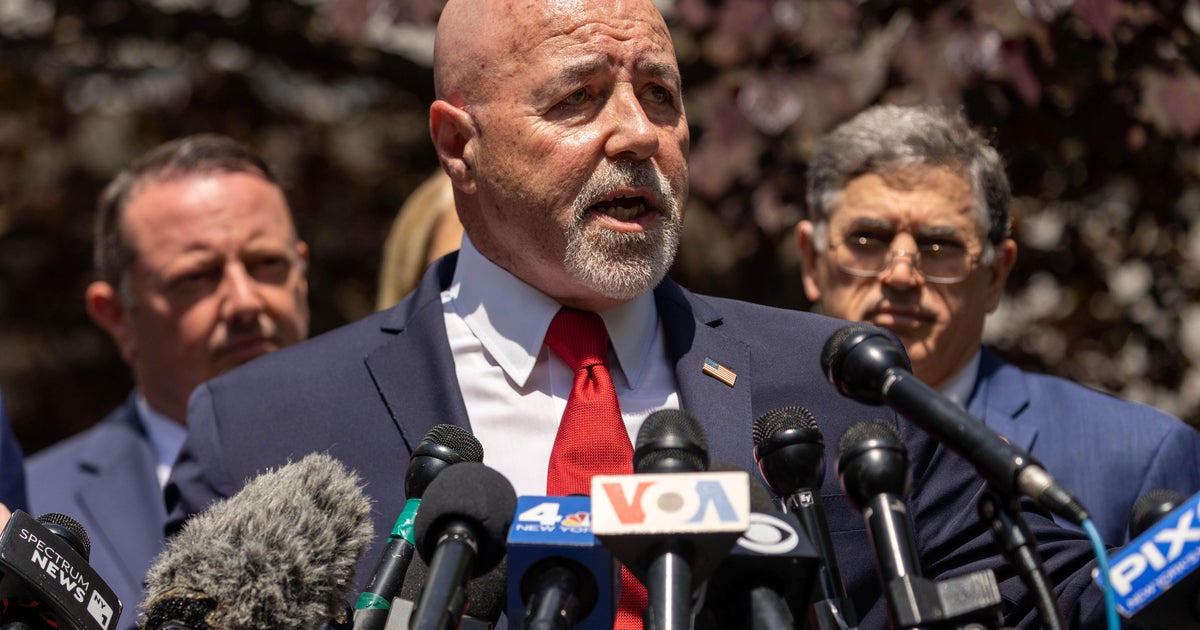Understanding the New Aid Initiative in Gaza
A new aid organization has emerged with ambitious plans to deliver humanitarian assistance in Gaza, sparking a wave of controversy. As tensions in the region persist, this initiative raises critical questions about its objectives, operational strategies, and potential impact on the local population. Who are the players involved, what are their goals, and how will this initiative affect the already volatile situation in Gaza?
The Background of Humanitarian Aid in Gaza
For over a decade, Gaza has been embroiled in conflict, suffering from severe humanitarian crises exacerbated by blockades and political instability. The United Nations has reported that over 2 million residents are in desperate need of assistance, facing shortages of food, clean water, and medical supplies. In this context, the arrival of a new aid group could be seen as a beacon of hope or a source of further discord.
The New Aid Group: Mission and Vision
The recently established aid organization, which we will refer to as “Gaza Hope,” aims to provide immediate relief through food distribution, medical supplies, and infrastructure support. Founded by a coalition of international NGOs and local activists, Gaza Hope claims to prioritize transparency and community involvement in its operations. However, skepticism looms over its intentions, as critics question the group’s funding sources and affiliations.
- Transparency: The organization emphasizes its commitment to transparent operations.
- Local Involvement: It plans to engage local communities in decision-making processes.
- Emergency Response: The focus is on immediate relief efforts, particularly in areas hit hardest by the recent conflicts.
Controversies and Criticisms
Despite its noble intentions, Gaza Hope has faced backlash from various stakeholders. Critics argue that the group may inadvertently deepen existing political divides or be used as a pawn in larger geopolitical games. Some local leaders fear that foreign influence might overshadow genuine grassroots efforts, leading to a loss of agency for the very communities they aim to assist.
Funding Sources: A Point of Concern
The transparency regarding funding is another critical issue. Gaza Hope has been vague about its financial backers, raising suspicions about potential strings attached to the aid. Local NGOs, who have worked tirelessly for years, express concern that the influx of foreign aid could disrupt the existing ecosystem of support and undermine their efforts.
The Implications for Gaza’s Future
The introduction of Gaza Hope into the humanitarian landscape may have far-reaching consequences. While the intention to alleviate suffering is commendable, the execution of such initiatives requires careful consideration of the local socio-political context.
Potential Positive Outcomes
Should Gaza Hope navigate these complexities effectively, it could pave the way for sustainable development and empower local voices. By fostering collaboration between international and local organizations, the initiative could enhance the capacity for effective humanitarian response in the region.
Risks of Misalignment
However, there remains a significant risk of misalignment with local needs and priorities. If the aid group fails to engage meaningfully with the community, it could lead to further disillusionment among the population and erode trust in humanitarian efforts.
Conclusion: A Call for Balanced Engagement
The launch of Gaza Hope represents a critical juncture in the humanitarian landscape of Gaza. It underscores the need for a balanced approach, where international aid is delivered with sensitivity to local dynamics and a commitment to transparency. As stakeholders, we must advocate for an aid ecosystem that prioritizes the voices of those it aims to help.
In an era where humanitarian aid can be politicized or mismanaged, the importance of community involvement and local leadership cannot be overstated. It is essential for organizations like Gaza Hope to foster partnerships that empower local communities rather than overshadow them.
What’s Next?
As this initiative unfolds, continuous monitoring and engagement are vital. The international community must hold Gaza Hope accountable while encouraging dialogue and collaboration with local entities to ensure that aid reaches those who need it most.
Call to Action: Stay informed and involved in humanitarian efforts in Gaza. Advocate for transparency and community engagement in all aid initiatives, and support local organizations that have dedicated themselves to serving the population for years.
See more ABC News Feed



